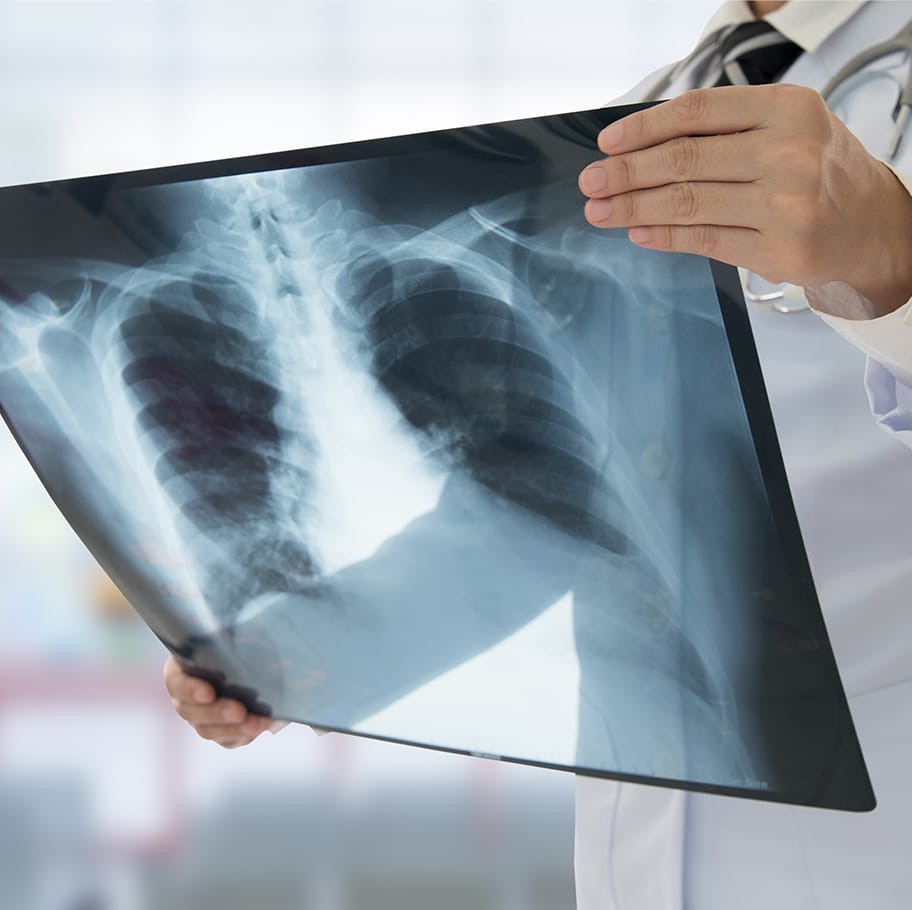What is a Broken Collar Bone?
The clavicle, also known as the collarbone, is the bone which joins the shoulder bone (scapula) to the sternum (breast bone). Each year, there are a large number of people who fracture their clavicle and it is a very common injury to sustain. Injuries are usually caused as a result of trips and falls or heavy impact placed on the collarbone from a hard surface. The healing process following a clavicle injury can be quite long and in some cases, it can leave the injured person with reduced mobility leaving their day to day activities a struggle at times. During this time the muscles in the surrounding area may weaken as a result of immobility and in most cases, physiotherapy may be needed to ensure that the injured area can restore full function again.
Who is Liable?
An important first step in the claims process is determining who is liable for the cause of the accident. This will depend on the environment in which your injuries were sustained. Following an accident in a public place, it will generally be the occupier of the premises or the local authorities and council who is found to be liable. This also applies for occupiers of private land. This information is set out in the Occupiers’ Liability Act 1995. They have a duty of care to ensure the health and safety of all visitors to their premises and a breach in this could lead to injuries being sustained.
Following an accident at work the employer is likely to be found liable as a result of negligent behaviour. They need to ensure that there are health and safety regulations in place so as to ensure that the risk of an accident occurring is minimised. In order to do this they are required to provide training and personal protective equipment (PPE) to all employees. It is also important that employees are made aware of potential risks associated with their work prior to carrying out the activities involved with this. This can help to prevent workplace accidents and injuries.
Broken Collarbone Symptoms
- Bruising and tenderness
- Severe pain
- Swelling
- Reduced mobility
- Difficulty in moving your arm and shoulder
Causes
In the Workplace
A workplace that is not properly maintained or does not have the adequate safety measures in place may present the risk of an accident occurring to an employee. Clavicle injuries usually occur in the workplace because of a slip, trip or fall as a result of:
In such cases, liability may rest on the employer if it is proven that they did not provide a hazard free working environment.
In Public Places
In public places, whether it be shops, supermarkets, business premises, public parks, playgrounds or simply walking along a footpath, there is an expectation that the area would be relatively risk and danger free. In cases where the owner/occupier of a public place or business premises failed to uphold their duty of care and not provide a risk free environment and you can prove that your fractured/broken collar bone could have been avoided if the occupier had taken necessary steps to provide a hazard free environment, then you may be entitled to pursue legal action.
Most common accidents involving a broken collarbone in public places have been:
- Slip and fall on a wet floor in a shop/supermarket
- Trip and fall over uneven flooring
- Fall in a stair well because of broken or inadequate handrails
- Tip and fall because of inadequate lighting
- Slip and fall on wet floor/broken glass in a pub or nightclub
- Tripping on a pot hole or poorly maintained footpath
- Accidents in playgrounds and public parks
On the Road
On the road, there are many scenarios whereby a person could suffer a broken collar bone as a result of another person’s actions/inactions. In these cases where you can prove that your injury could have been avoided if the other party had not acted negligently, you may be entitled to pursue legal action. Some examples of road traffic accidents involving a broken or fractured clavicle have been:

